- Home
- Features
- Movies/Media
- Collectibles
- Comics/Books
-
Databases
-
Figure Database
>
-
X-Plus Toho/Daiei/Other
>
- X-Plus 30 cm Godzilla/Toho Part One
- X-Plus 30 cm Godzilla/Toho Part Two
- X-Plus Large Monster Series Godzilla/Toho Part One
- X-Plus Large Monster Series Godzilla/Toho Part Two
- X-Plus Godzilla/Toho Pre-2007
- X-Plus Godzilla/Toho Gigantic Series
- X-Plus Daiei/Pacific Rim/Other
- X-Plus Daiei/Other Pre-2009
- X-Plus Toho/Daiei DefoReal/More Part One
- X-Plus Toho/Daiei DefoReal/More Part Two
- X-Plus Godzilla/Toho Other Figure Lines
- X-Plus Classic Creatures & More
- Star Ace/X-Plus Classic Creatures & More
-
X-Plus Ultraman
>
- X-Plus Ultraman Pre-2012 Part One
- X-Plus Ultraman Pre-2012 Part Two
- X-Plus Ultraman 2012 - 2013
- X-Plus Ultraman 2014 - 2015
- X-Plus Ultraman 2016 - 2017
- X-Plus Ultraman 2018 - 2019
- X-Plus Ultraman 2020 - 2021
- X-Plus Ultraman 2022 - 2023
- X-Plus Ultraman Gigantics/DefoReals
- X-Plus Ultraman RMC
- X-Plus Ultraman RMC Plus
- X-Plus Ultraman Other Figure Lines
- X-Plus Tokusatsu
- Bandai/Tamashii >
- Banpresto
- NECA >
- Medicom Toys >
- Kaiyodo/Revoltech
- Diamond Select Toys
- Funko/Jakks/Others
- Playmates Toys
- Art Spirits
- Mezco Toyz
-
X-Plus Toho/Daiei/Other
>
- Movie Database >
- Comic/Book Database >
-
Figure Database
>
- Marketplace
- Kaiju Addicts
On the latter point, a sea voyage in 1922 on the Wisdom II, a ship whose goal was to seek out adventure and document it in print and film, would carry Cooper and his fellow seafarers to places where head hunters appeased angry spirits with human sacrifices, to an African kingdom ruled by the reputed descendant of King Solomon, to a jungle-covered plateau isolated by smoldering volcanoes, and to encounters with stormy seas and cut-throat pirates. But it was on one remote island during the wanderings of the Wisdom that Cooper and a landing party discovered hundreds of gigantic lizard creatures, a real-life encounter with a primordial lost world which would grow in his imagination into the giant gorilla Kong and the prehistoric creatures populating Skull Island. The character of Carl Denham, the movie producer in King Kong who leads the Venture on the film-making expedition to Skull Island, was largely patterned after Cooper himself. In the film’s opening, a night watchman where the Ventureis docked says of Denham: “They say he ain’t scared of nuthin.’ If he wants a picture of a lion he goes up to him and tells him to look pleasant!” Such was Cooper who, with Ernest Schoedsack, had plunged into the jungles of Siam where man-eating tigers prowled to capture some hardy specimens for their adventure story Chang, the 1927 release that would actually become famed for the stampeding herd of wild elephants Cooper and Schoedsack orchestrated for their film. Before Chang had been the adventure of Grass, a 1925 release and one of the pioneering documentary films that saw Cooper, Schoedsack, and an heiress and former spy named Marguerite Harrison join the nomadic Bakhtiari tribe on an arduous seasonal journey across a raging icy river and over a towering, ice-capped mountain range to a distant, verdant land. A trilogy of Cooper-Schoedsack movie expeditions was capped by the 1929 fictional drama The Four Feathers, a swash-buckling adaptation of the A.E.W. Mason novel that included location shooting in Africa that was duplicated on California sets—the first time a far-flung location was so matched by Hollywood illusionists. What else did Merian Cooper bring to Kong? Before the movie expeditions and Wisdom voyage was the hard school of war. In World War I, Cooper was one of the pioneer warriors of the air, flying the infamous De-Haviland 4 planes that earned the dubious nickname “flaming coffins.” In one raging dogfight, Cooper was shot down in flames but survived through his steady nerve and skill as a pilot. After recovering while a German prisoner-of-war, Cooper was charged with leading American humanitarian missions in Poland before he left to help form the Kosciuszko Squadron, a group of all-American, battle-hardened pilots who thirsted for adventure and the cause of fighting the Bolsheviks who were invading Poland. After flying dozens of dangerous combat raids, Cooper’s luck ran out and he was again shot down and captured by the enemy. Only an assumed name prevented his being executed outright—as a leader of the Kosciuszko Squadron he had a price on his head. Cooper endured hellish months in Soviet prison camps, surviving through his own steely will and the help of his later movie partner, Marguerite Harrison. Finally, fearing his imminent execution, Cooper made a great escape with two Polish prisoners to the barbed-wire frontier border of Latvia and freedom. Back home, where he settled in New York, Cooper’s love of flying eventually led him to become a pioneering executive in the nascent field of commercial aviation, including being an elected director of Pan-American Airways. In addition to being a major player among New York’s business elite, Cooper became a confidant of movie producer David O. Selznick. In 1931, when Selznick became executive vice-president in charge of production at RKO, he invited Cooper to join him and installed Cooper as one of his trusted executive assistants. It was there that Cooper had the power and the backing to make the film which had become his obsession, the story he had been fleshing out since the late 1920s while a restless New York business executive whose memories of adventure were taking the form of the ultimate movie expedition.
In 1991, King Kong was awarded preservation priority status as one of 25 classic movies added to the Library of Congress’ National Film Registry and in 1998 King Kong was named one of the top 100 American films by the American Film Institute (#43 on the list). That Kong endures is a testament to the vision of Merian Cooper who in a magical act of motion picture alchemy combined his wildest imagining with the memories of true-life adventure, leaving the world a great legacy of the imagination.
Article from the Kong Of Skull Island website by Mark Cotta Vaz.
0 Comments
Ahead of the full trailer release Warner Bros. has released two (or technically three) posters and a German TV spot. The posters include one that feature a close up of Kong's face, the other is a distance shot with the setting sun behind him and people wading in water in front. Both are pretty awesome. The TV trailer combines a few of the teasers that have been released with other footage. Check out the posters and and the trailer below.
Entertainment Weekly posted an interview with director Jordan Vogt-Roberts that shed some more light on the film and also one other big reveal Kong himself. The pic above reveals Kong looking more ape like similar to the original 1930's Kong rather than gorilla like similar to the '70's and 2005 versions.
Vogt-Roberts also confirmed this take stating "We sort of went back to the 1933 version in the sense that he’s a bipedal creature that walks in an upright position, as opposed to the anthropomorphic, anatomically correct silverback gorilla that walks on all fours. Our Kong was intended to say, like, this isn’t just a big gorilla or a big monkey. This is something that is its own species. It has its own set of rules, so we can do what we want and we really wanted to pay homage to what came before…and yet do something completely different." He also stated "A huge part of the movie was designing him and creating the creature so that when you did see him it sort of short circuited your brain and was divisive to people, where certain people immediately say ‘That’s a threat,’ certain people immediately say, ‘That’s a God,’ certain people immediately say, ‘That’s a savior.’ Visually and instantly, what happens when you see this thing towering over you and what is your sort of emotional and intellectual response?" And in reference to Kong's size and when he'll show up in the film he stated "Well, the reveal you can wait for in the film itself, but you’ll see, I shot this on anamorphic lenses, which a lot of people said, ‘You’re crazy, you’re taking away more space to show how big he is!’…It seemed like a bigger challenge to communicate scale in that way. We’re also fundamentally not playing the same game that Gareth Edwards’ Godzilla did and most monster movies do, which I’m sort of sick of the notion that a monster movie needs to wait an hour or 40 minutes until the creature shows up. Kong traditionally does not show up in these movies until very, very late, and the monster traditionally does not show up until very, very late in a monster movie, so a lot of these movies tend to have this structure that’s a bit of a slow burn. Something about this movie made me want to reject that and play a very, very different game." You can read the entire interview at Entertainment Weekly's site here. |
Archives
January 2024
Categories
All
|
|
© 2011-2024 Kaiju Battle. All Rights Reserved.
|
Visit Our Social Media Sites
|
Proudly powered by Weebly
|
- Home
- Features
- Movies/Media
- Collectibles
- Comics/Books
-
Databases
-
Figure Database
>
-
X-Plus Toho/Daiei/Other
>
- X-Plus 30 cm Godzilla/Toho Part One
- X-Plus 30 cm Godzilla/Toho Part Two
- X-Plus Large Monster Series Godzilla/Toho Part One
- X-Plus Large Monster Series Godzilla/Toho Part Two
- X-Plus Godzilla/Toho Pre-2007
- X-Plus Godzilla/Toho Gigantic Series
- X-Plus Daiei/Pacific Rim/Other
- X-Plus Daiei/Other Pre-2009
- X-Plus Toho/Daiei DefoReal/More Part One
- X-Plus Toho/Daiei DefoReal/More Part Two
- X-Plus Godzilla/Toho Other Figure Lines
- X-Plus Classic Creatures & More
- Star Ace/X-Plus Classic Creatures & More
-
X-Plus Ultraman
>
- X-Plus Ultraman Pre-2012 Part One
- X-Plus Ultraman Pre-2012 Part Two
- X-Plus Ultraman 2012 - 2013
- X-Plus Ultraman 2014 - 2015
- X-Plus Ultraman 2016 - 2017
- X-Plus Ultraman 2018 - 2019
- X-Plus Ultraman 2020 - 2021
- X-Plus Ultraman 2022 - 2023
- X-Plus Ultraman Gigantics/DefoReals
- X-Plus Ultraman RMC
- X-Plus Ultraman RMC Plus
- X-Plus Ultraman Other Figure Lines
- X-Plus Tokusatsu
- Bandai/Tamashii >
- Banpresto
- NECA >
- Medicom Toys >
- Kaiyodo/Revoltech
- Diamond Select Toys
- Funko/Jakks/Others
- Playmates Toys
- Art Spirits
- Mezco Toyz
-
X-Plus Toho/Daiei/Other
>
- Movie Database >
- Comic/Book Database >
-
Figure Database
>
- Marketplace
- Kaiju Addicts


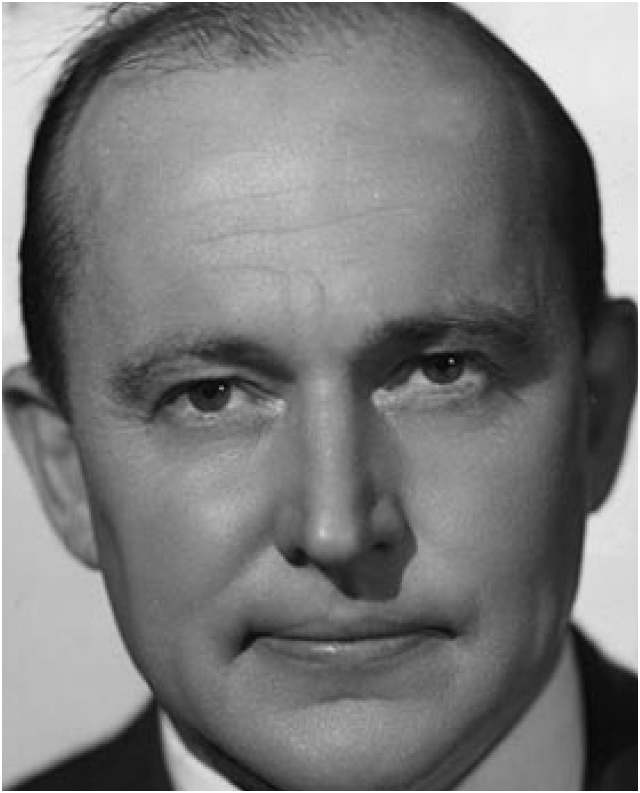
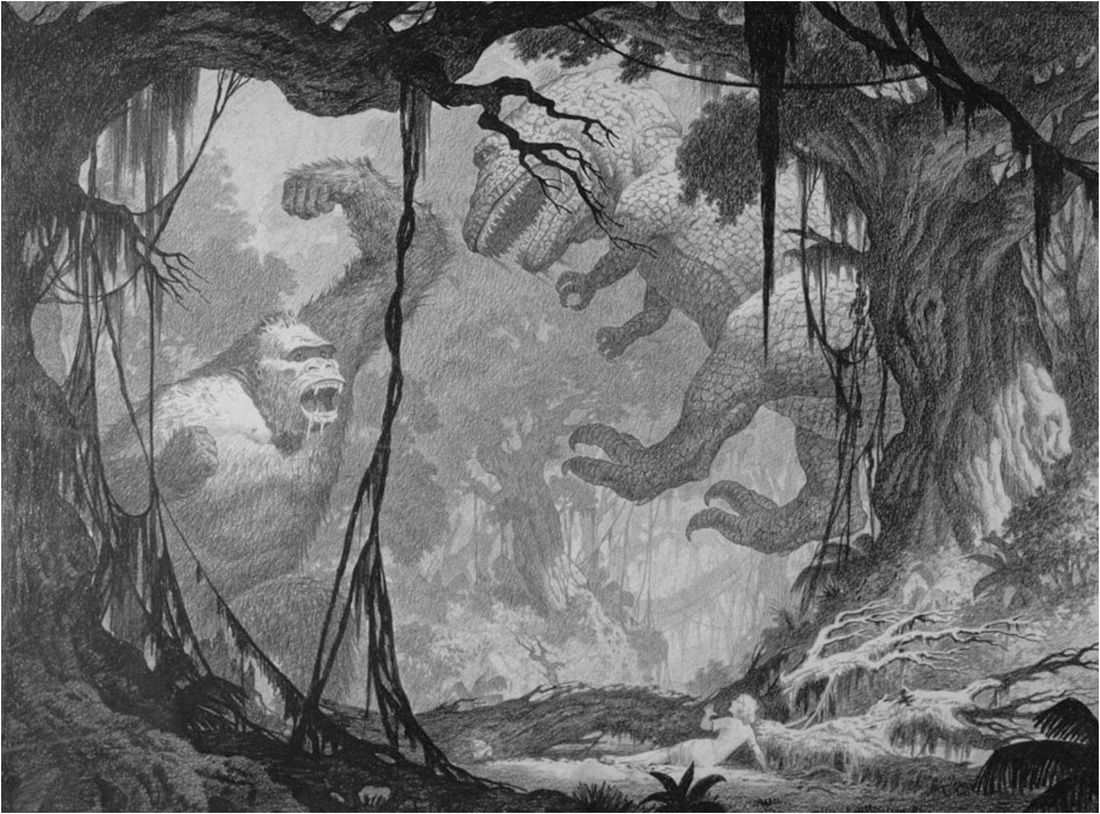
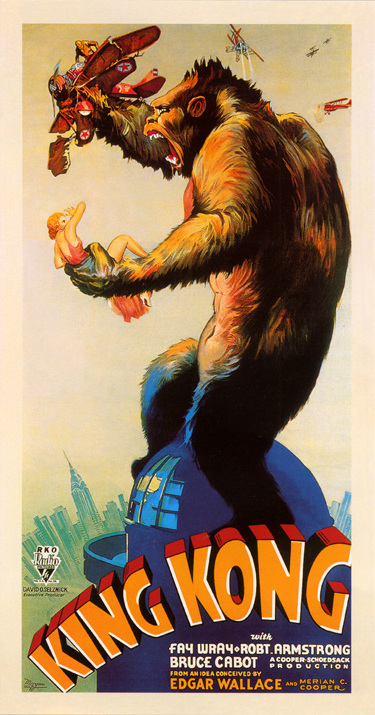
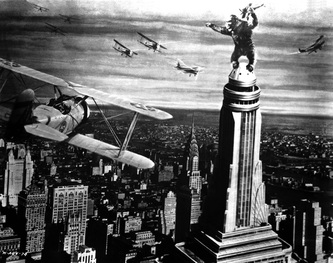
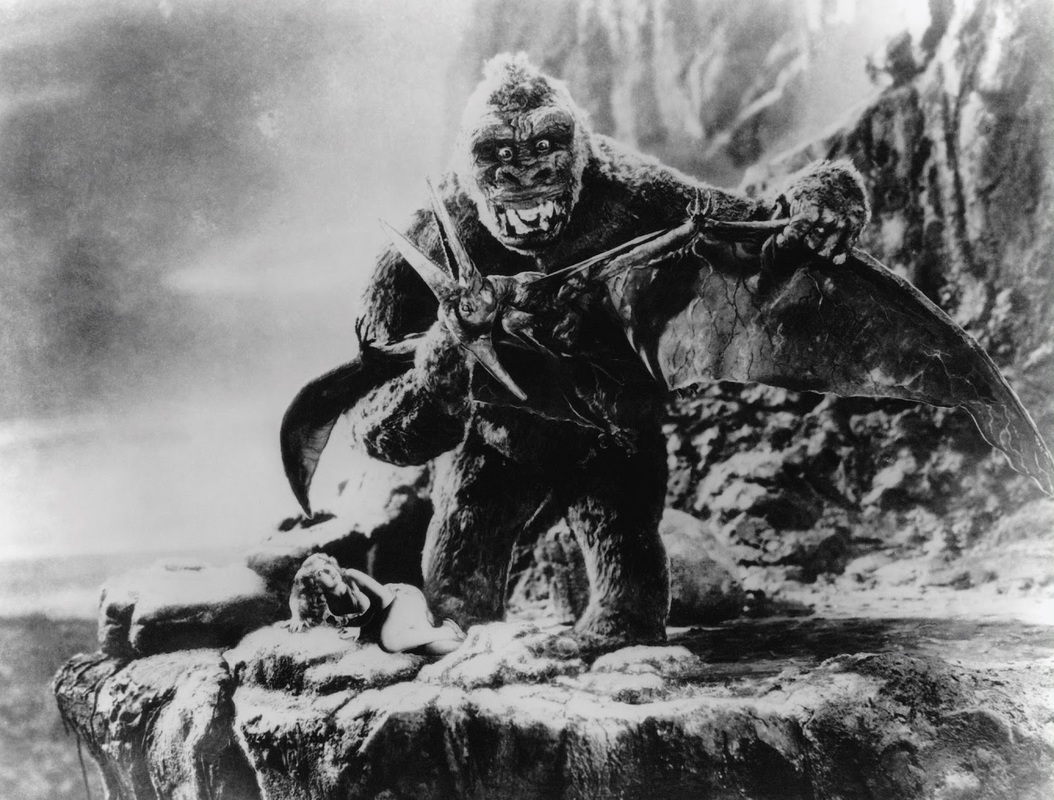
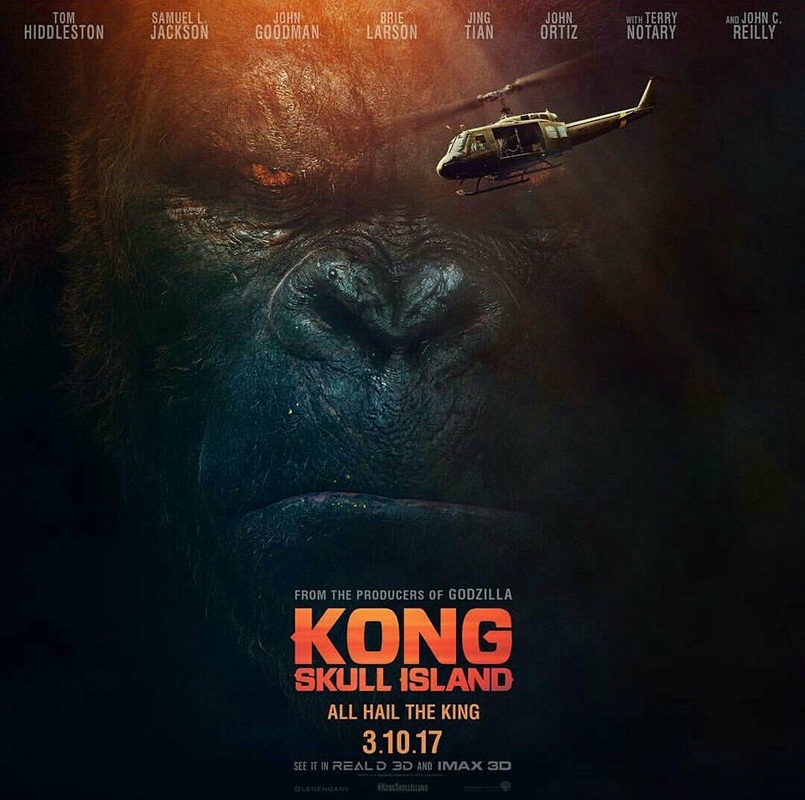
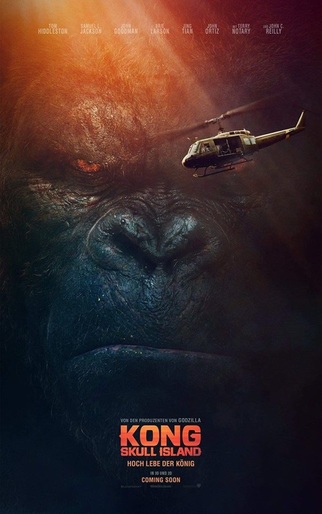
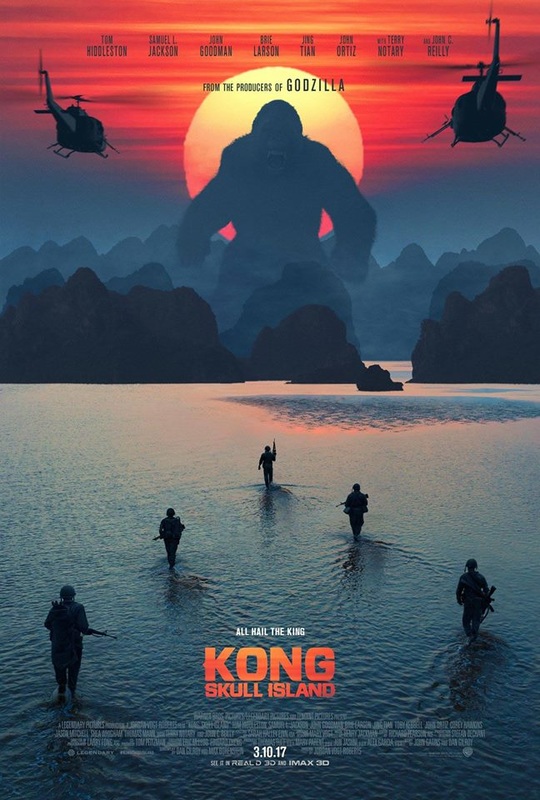
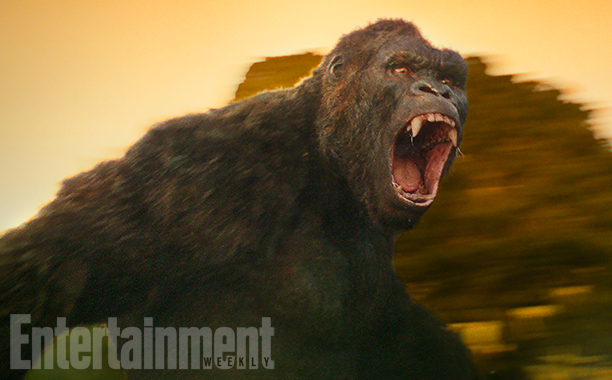
 RSS Feed
RSS Feed